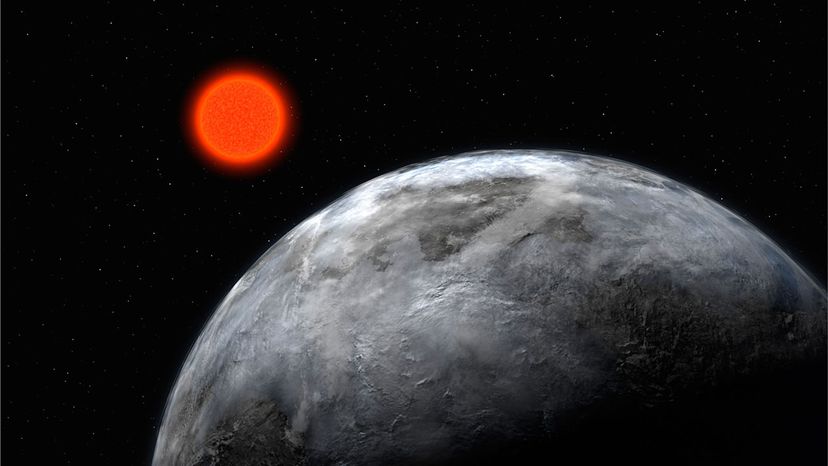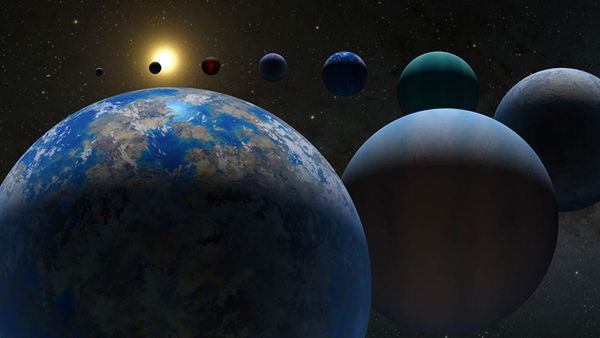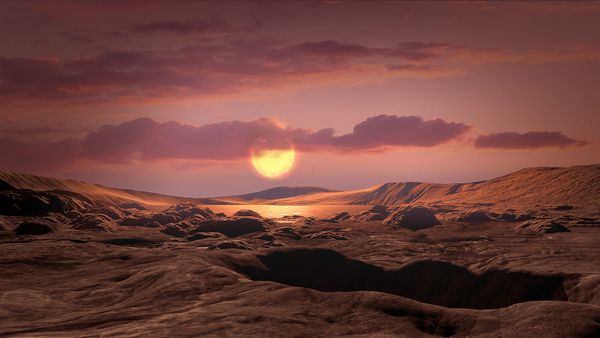Gliese 581c orbits Gliese 581, an M-class or red dwarf star cooler than our sun. Due to its cooler temperature, the habitable zone of Gliese 581 is closer in than our own solar system's habitable zone. M dwarfs are favored for planetary searches due to their relative dimness, which makes it easier to spot planets passing across the star. Gliese 581c is the third planet from its host star Gliese 581. The others in this planetary system are Gliese 581b, Gliese 581d and Gliese 581e.
Despite its discovery, Gliese 581c has never been directly seen passing across its star. Hence, researchers rely on the planet's influence on other celestial bodies to infer its characteristics. Depending on the radius of the planet, Gliese 581c could either be similar to an Earth-like planet (with a smaller atmosphere) or resemble a Neptune-like planet (with a much thicker atmosphere).
Gliese 581c's close proximity to its star leads to a quick orbit — only about 13 days — likely resulting in tidal locking. This means one side of the planet always faces its star while the other side remains in perpetual darkness, which has significant implications for its habitability.
Its actual surface temperature could range between 32 degrees F (0 degrees C) and 104 F (40 C). This wide range is due to the fact that scientists haven't (so far) detected the planet's composition — whether it is rocky or watery. And composition determines temperature.
Models of the planet's orbit over time suggest that the heating from the tidal locking could mean a surface heat flux (amount of heat energy passing through a certain surface) three times greater than Jupiter's moon Io. This could mean volcanoes and plate tectonics are present.


